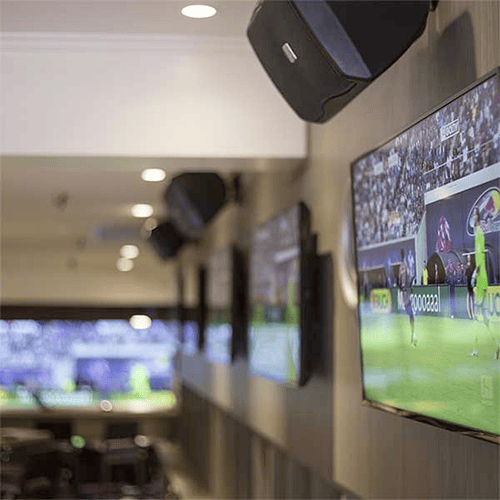Investigating the Development of Electronic Display Technology and Its Influence on Setup Practices
Wiki Article
Digital display technology has arrived a significant way since its inception. Initially, signs were fixed and needed manual updates, which could be labor-intensive and challenging. With the progress of innovation, digital signage has evolved into a dynamic and engaging medium. Currently, displays can show vibrant graphics, videos, and live data, making them more engaging for viewers. This transformation has not only changed how information is presented but has also revolutionized the way companies and organizations interact with their customers.

One of the crucial advancements in digital signage solutions is the utilization of HD displays. These displays offer better resolution and hue accuracy, which improves the overall observing experience. Additionally, the advent of light-emitting diode and LCD systems has made it feasible to create slimmer and more lightweight displays. This has enabled for more flexible installation choices, such as surface mounting, suspending, or even independent displays. As a consequence, businesses can choose the most suitable setup that fits their environment and customer needs, making digital signage a adaptable answer for various environments.
Another notable advancement is the incorporation of media management systems (CMS). These platforms allow users to quickly develop, schedule, and manage material across multiple displays from a unified platform. This capability is particularly advantageous for businesses with multiple sites, as it guarantees consistent messaging and identity. Furthermore, many CMS systems offer cloud-based options, enabling remote control and instant modifications. This means that businesses can quickly react to shifts in information or promotions, keeping their content fresh and pertinent.
The effect of digital signage technology on installation methods cannot be ignored. With the rise of interactive screens and touch displays, installation has become more complex. Installers must now take into account elements such as wiring, best site connectivity, and user engagement. Additionally, the requirement for appropriate mounting and positioning is crucial to guarantee maximum sightlines and accessibility. As a consequence, expert setup services have become increasingly important, as they offer knowledge in both systems and design to create effective digital signage systems.
In summary, the development of digital signage solutions has profoundly influenced installation practices and the way information is shared. With improvements in screen technology, content management systems, and installation techniques, businesses can create engaging and effective displays that grabs the focus of their viewers. As digital signage keeps to grow and evolve, it will undoubtedly play a vital role in defining the future of interaction in multiple sectors.